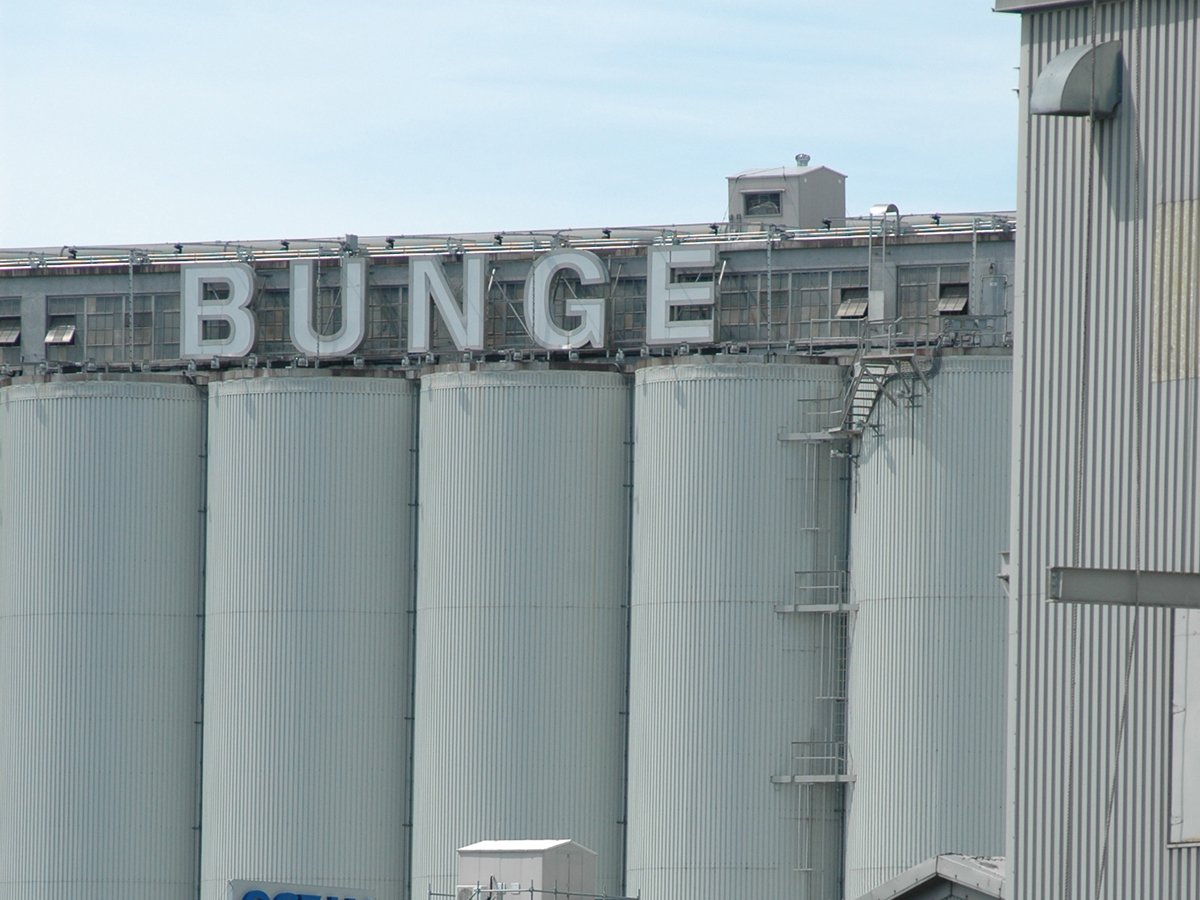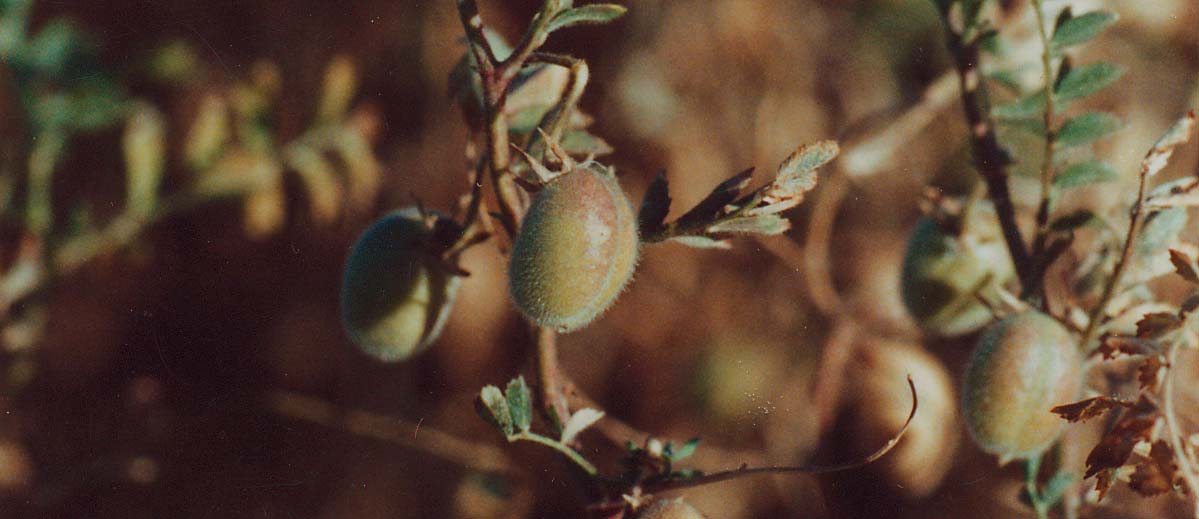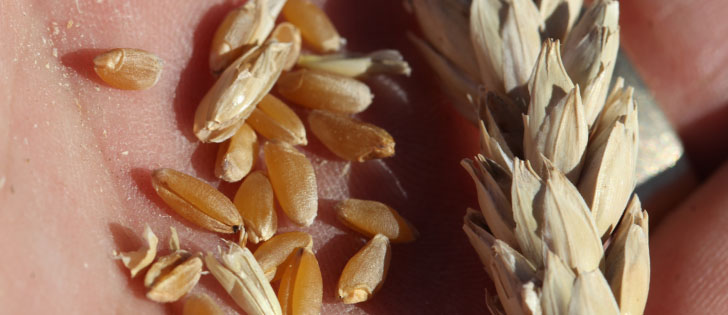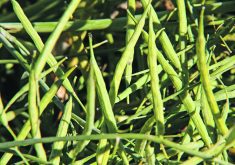Not all the Slapduks, Crop Surfers and crop tilt bars come from Europe. The most common tilt bar in North America was designed and built in Manitoba.The Ag Shield is a plastic cover that lets you spray in windy conditions that would shut down an open boom, but that’s only part of the story, said Ag Shield inventor/manufacturer Gary McCrea.McCrea said his original Ag Shield is similar to some European tilt bar concepts, such as the Slapduk.”In the early 80s, I saw these push bars mounted on the front of booms all around Europe while I was touring there with canola growers and looking at sprayers,” said McCrea.”Even their big seven section, 100-foot booms had push bars out front so they could get down into the crop. “The Ag Shield was in the design process then, so I decided the front corners would have to be rounded to let the operator run it right down in the crop.”When the first Ag Shield came out in 1983, it was made of sailcloth, which did not allow the leading edge to be rounded. The company switched to a moulded plastic with the curved leading edge in 1984.Three years later, Dupont and Western Farm Services contacted McCrea to obtain a unit for field testing in Reardan, Washington, a region that grows winter wheat and experiences a great deal of crop disease. Fungicide is a major yield factor in the area.The field trials compared the efficacy of Dupont Mertect DF and Denlate DF applied with an open boom and with the Ag Shield. The fungicides were applied in April when 25 to 30 percent of the tillers were infected with pseudocercosporella foot rot lesions.When the plots were harvested in August, WFS concluded that the boom had more to do with controlling the disease than the chemicals.”Mertect DF and Benlate DF applications resulted in very similar yields in this trial. Applications using a covered boom sprayer resulted in higher yields,” the report said.”There is a strong numerical indication that significant yield increases can be obtained by using covered booms when applying fungicides.”Mertect DF with an open boom yielded 65.3 bushels. Mertect DF with the Ag Shield yielded 72.8 bu.Benlate DF with an open boom yielded 67.2 bu. Benlate with the Ag Shield yielded 73 bu.All treated plots yielded higher than the untreated control strips, which averaged 64.1 bu.”There’s quite a few guys now who use their Ag Shield, not just because of wind, but to get that boom down into the standing crop, especially for fungicides,” McCrae said.For more information, contact Gary McCrae at 800-561-0132 or visit www.agshield.com.
Read Also

Bunge’s crop mix is changing
Bunge has predominantly been a soybean processing firm, but that’s about to change after the merger with Viterra with softseed processing and grain merchandising gaining ground.















